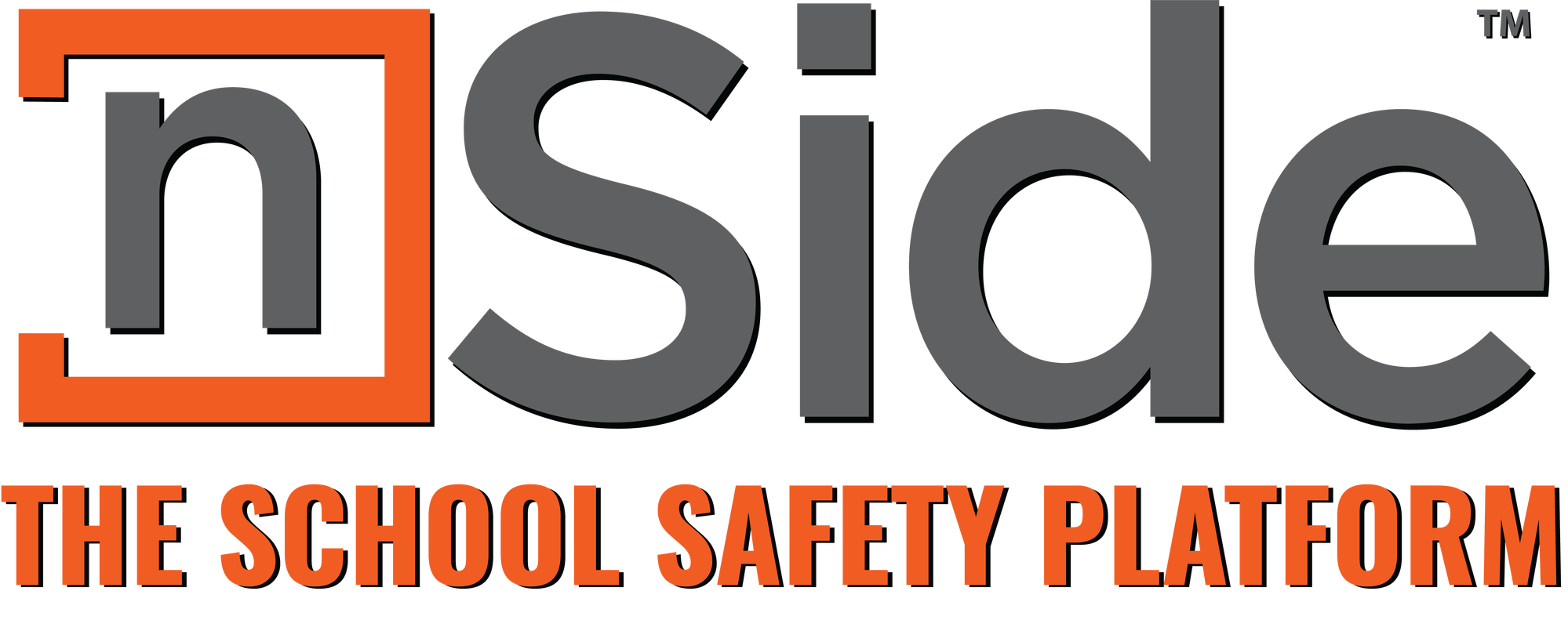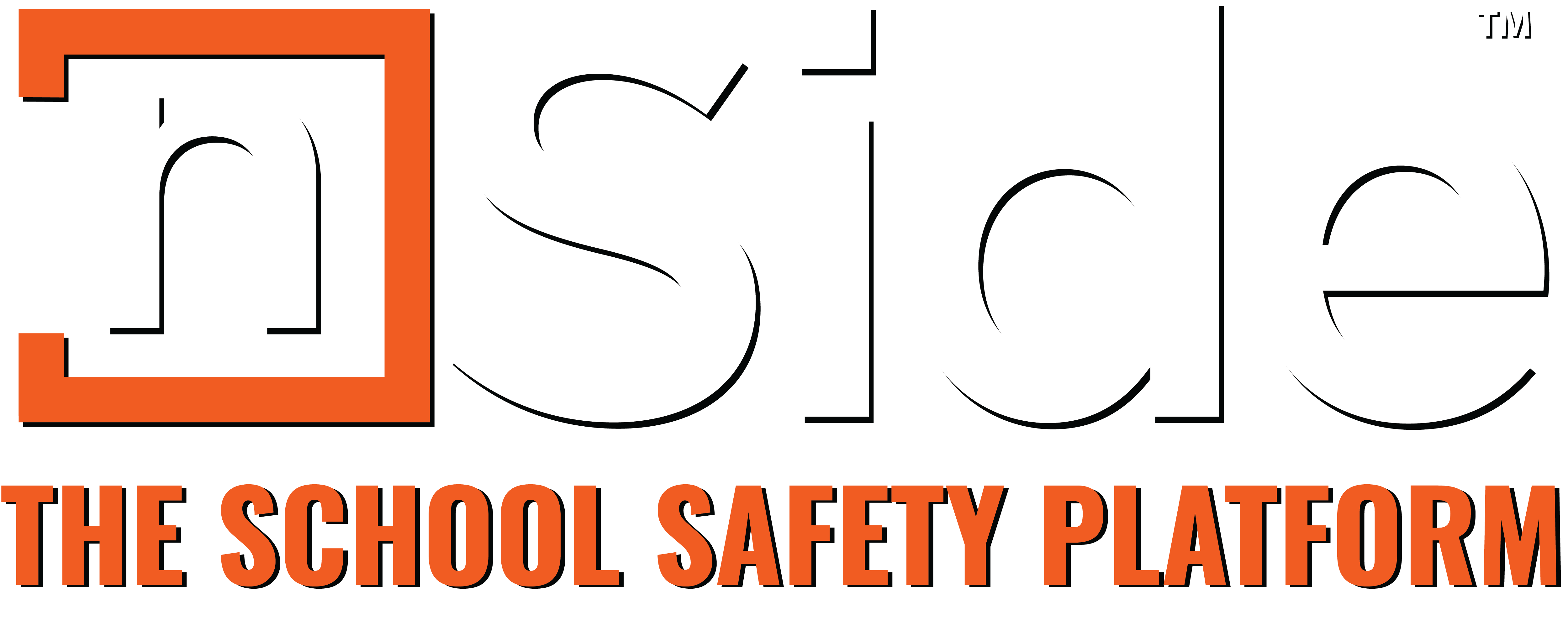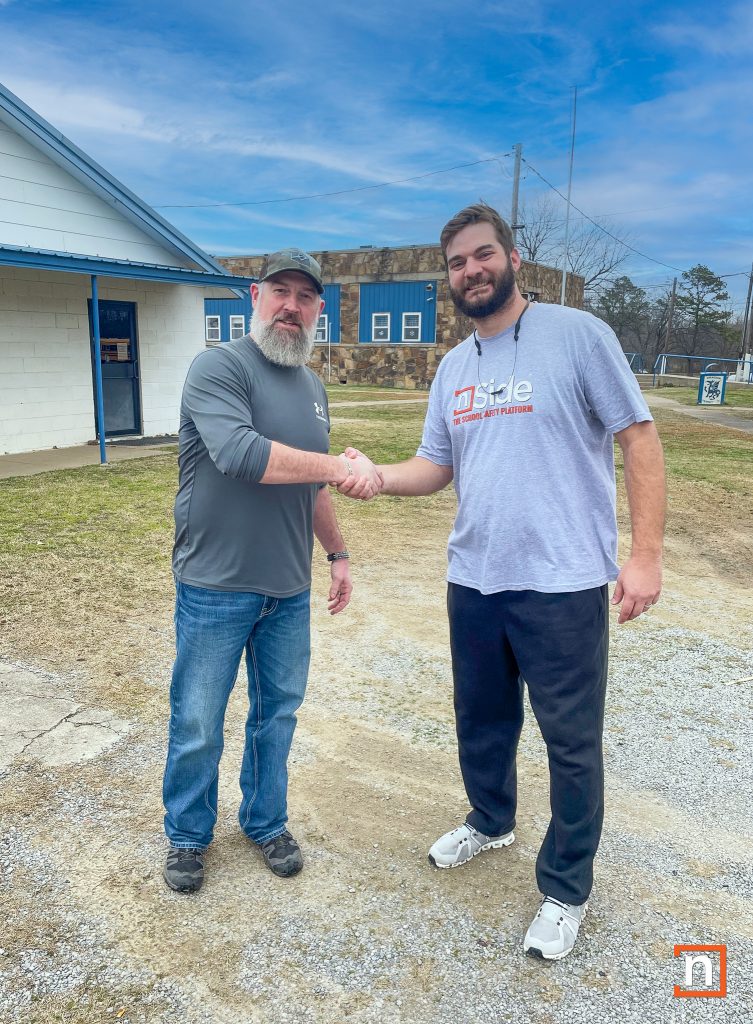Ensuring the safety of students and staff demands innovative solutions that can swiftly address emergencies. In this blog series, we will explore how nSide’s Dynamic Mapping proves invaluable in managing various scenarios where timely response is crucial.
Scenario: School Emergency – Gas Leak
During a typical school day, an ordinary classroom setting becomes the center of an unforeseen emergency. A student suddenly detects the unmistakable scent of gas in the air and reports the concern to their teacher. Here’s the twist – the janitorial or maintenance staff, typically knowledgeable about the location of shut-off valves, is currently on vacation. Moreover, they are unreachable due to zero cell reception. In the absence of key personnel, the school must rely on alternative means to mitigate the gas leak effectively.
Questions to Consider:
- Has your school identified alternative personnel with knowledge of critical infrastructure, such as shut-off valve locations, in case key staff members are unavailable?
- Is your staff well-trained on emergency response procedures, and do they have access to this information in a readily accessible format?
- Does your school have protocols in place to address all potential safety threats and regularly review and update your safety plans to ensure they are comprehensive and up-to-date?
- Does your district host regular training sessions, drills, and meetings with local emergency response agencies to ensure that everyone is on the same page and working together to keep the school and community safe?
This scenario underscores the importance of having a centralized emergency response system in place. As schools continue to prioritize safety, it’s essential to not only have a plan but also regularly assess and improve that plan. nSide’s Dynamic Mapping is a pivotal tool for educational institutions striving to enhance their safety protocols. The real-time visual insight, campus feature points, enhanced situational awareness, and seamless integration with live camera feeds make it a valuable asset in ensuring a swift and coordinated response in the event of an emergency.
By incorporating nSide’s Dynamic Mapping into their emergency response toolkit and addressing the key questions posed, schools can significantly enhance their ability to respond effectively to emergencies, creating a safer environment for all. Remember, proactive planning today ensures a safer tomorrow.
About nSide: The School Safety Platform:
nSide is a provider of comprehensive school safety solutions dedicated to creating safe and secure learning environments for educational institutions across the nation. nSide offers an integrated platform that addresses all aspects of school security, from emergency preparedness to risk assessment and communication strategies.
nSide’s mission is to provide educators, administrators, and safety personnel with the resources they need to prioritize safety, enhance preparedness, and foster a culture of safety within their schools.
Want to know more about how nSide can help?
Email us: help@nside.io
Call us: 1-800-604-1822












